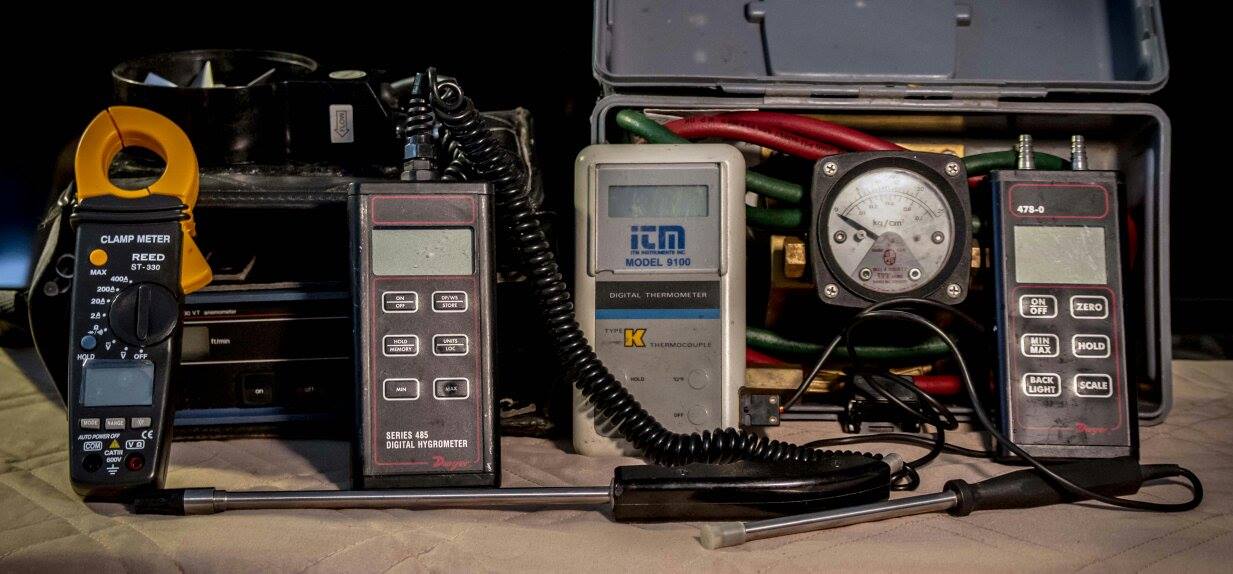Explain Cement, What is cement, How cement is made, Best cement

Explain cement speaks to what is cement, how cement is made and best cement is in effect an explanation of what is and how to mix Portland cement and the manufacture of such from any number of raw materials. It is necessary that the raw materials are combined to yield the necessary amounts of lime, iron, silica and alumina.
Lime comes from limestone, marble, marl or seashells, alumina from clay or shale, iron from slag or flue dust from iron furnaces, chalk, sand, ore washings bauxite or other minerals. To make Portland cement the components are crushed, ground, proportioned and blended.
This blend is then passed through a long, revolving kiln which is heated to temperatures of 2600 to 3000 degrees Fahrenheit which produces a product known as clinker which is then cooled. After the cooling process the clinker is crushed to a very fine powder. At this stage a small amount of gypsum is added which acts as a retardant during the construction concrete curing process. This is then known as Portland cement.
Portland cement can be purchased in bulk quantities or by the bag. A US bag will contain one cubic foot of cement and weighs 94 pounds. The quality of Portland cement is established by ASTM C150 which defines eight different types of product.
Type 1 Normal is used for most purposes in construction.
Type 1A Normal, air entraining is used where the concrete will be in contact with water that has a high concentration of sulphates.
Type 11 Moderate resistance to sulfate attack is used where the concrete will be in contact with water that has a high concentration of sulphates.
Type 11A Moderate sulfate resistance, air entraining
Type 111 High early strength hardens more quickly than the other types and is used in cold climates as it has a reduced curing time.
Type 111A High early strength, air entraining
Type 1V Low heat hydration is used in massive structures where the heat emanated by curing concrete may raise the temperature of the concrete to where the concrete may be damaged.
Type V High resistance to sulfate attack is used where the concrete will be in contact with water that has a high concentration of sulphates.
Return from Explain Cement to Home Page
Return from Explain Cement to Explain Concrete
Hard copy and E book for sale. Introduction to Building Mechanical Systems. Click here.